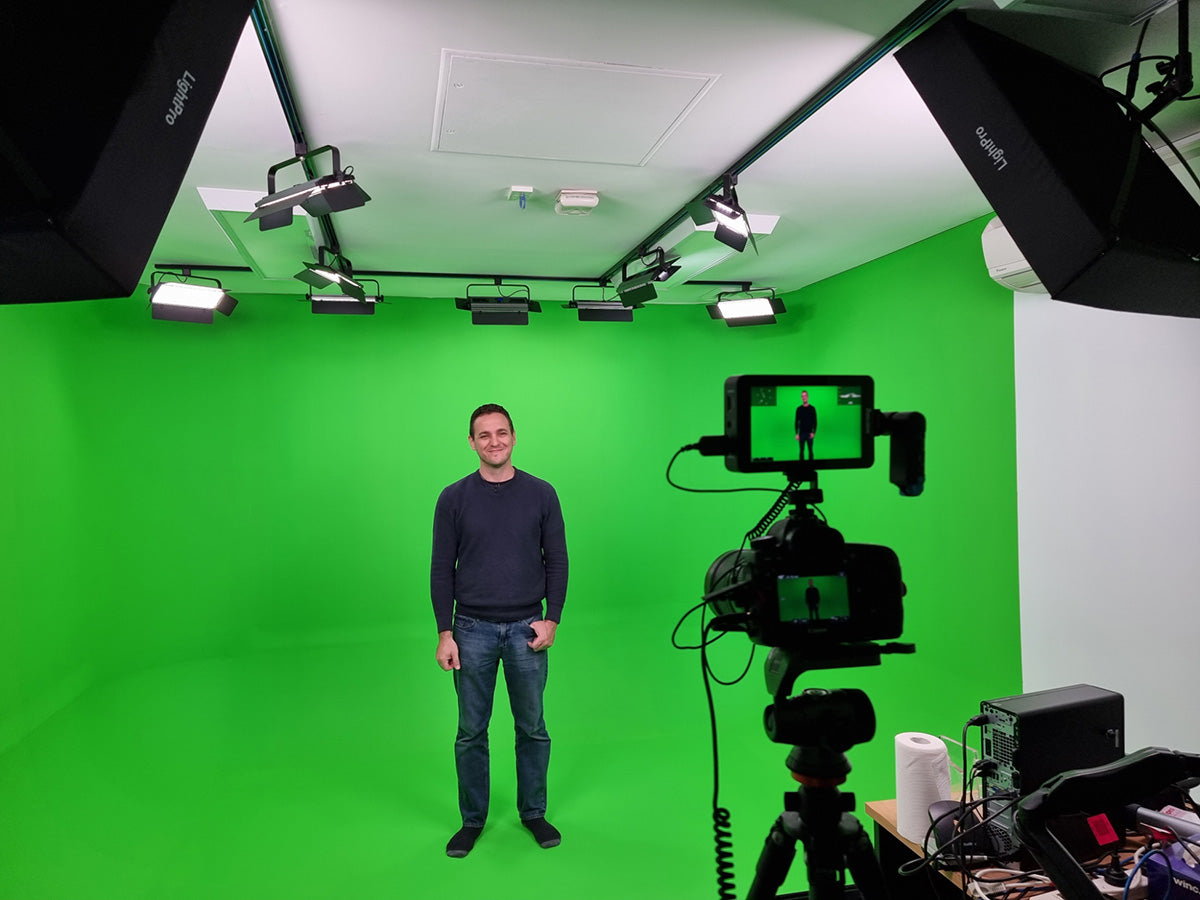When it comes to video production, lighting is a crucial element that can make a big difference in the quality of your final product. While commercial lights are often less expensive, video lights offer several advantages over them.
One of the most important advantages is their superior color rendering, which is measured by two metrics: CRI and TLCI. CRI stands for Color Rendering Index and measures the accuracy of a light source in reproducing colors. Video lights typically have a higher CRI than commercial lights, which makes them better suited for capturing accurate and realistic colors on camera. TLCI, on the other hand, is specifically designed for video production and measures how well a light source reproduces colors on camera, taking into account the specific characteristics of camera sensors and color processing.
In addition to superior color rendering, video lights also offer greater control and flexibility, portability and durability, and efficiency and cost-effectiveness. They can also help to improve the quality of green screen and skin tone capture, ensuring that colors are accurately captured on camera and that your video production looks polished and professional.
Here are some factors to consider when choosing lighting for a video studio:
-
Lighting type: Choose the type of lighting that best suits your needs, whether it's tungsten, fluorescent, or LED lights.
-
Color temperature: Consider the color temperature of your lights, as this can affect the mood and tone of your video. Daylight (5600K) and tungsten (3200K) are the most common color temperatures used in video production.
-
CRI and TLCI scores: Look for lights with high Color Rendering Index (CRI) and Television Lighting Consistency Index (TLCI) scores, as they provide more accurate and consistent color representation on camera.
-
Power and output: Determine the amount of power and output you need from your lights, depending on the size and scale of your production.
-
Diffusion and control: Consider whether you need to diffuse your lights or control the direction of your light output to achieve your desired lighting effect.
-
Budget: Determine your budget for lighting equipment and choose lights that fit within your price range.
-
Accuracy of skin tones: Choose lights that provide accurate skin tones, particularly if your video content features people. This can help to create a more engaging and polished look for your video content, while also improving the accuracy and consistency of your color capture.
In conclusion, video lights are a worthwhile investment for professional videographers or those looking to improve the quality of their video production. By providing superior color rendering, control, and portability, they can help to create a more polished and professional look for your videos, while also improving the accuracy and consistency of your color capture. When choosing lighting for a video studio, consider the factors listed above to choose the right setup for your needs.

